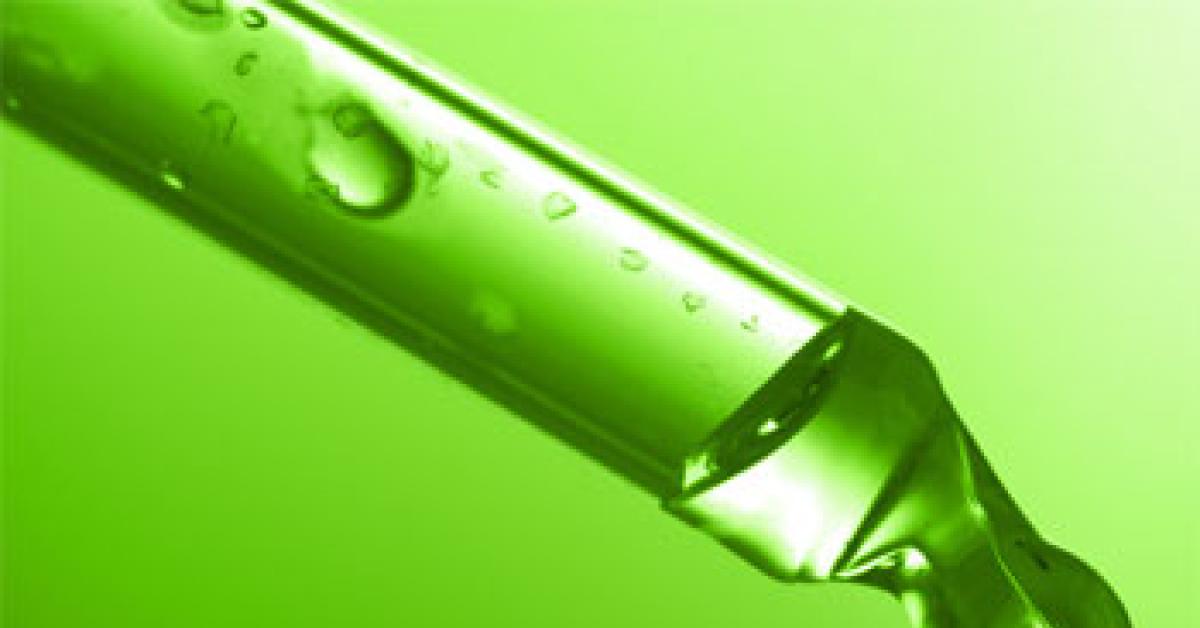CONCORD, N.C. — Another year in the books, and opportunity lies ahead. Instead of lamenting the “business climate” or the “pie getting smaller,” take the time to examine where you are and where you want to go in 2014.
Far too many dry cleaner owner/operators cling to poor-performing parts of their business plan. One is an approach to stain removal that contains only one or two chemical tools. Would you trust an auto repair shop that only owned one screwdriver and one pair of pliers?
Moving beyond surviving week to week to prospering for the coming year will require moving beyond imitating your competition’s advertising strategy. There is a technical side to the cleaning industry. Let us take a look at the minimum standards for effective cleaning in a successful drycleaning operation.
YOU CANNOT CLEAN CLOTHES IN DIRTY SOLVENT
The problem comes when solvent degradation occurs in conjunction with cost-cutting. In an attempt to reduce overhead, solvent levels in the base tanks are reduced. The amount of NVR is concentrated in this lower volume of solvent.
Owners increase the period between filter changes, postpone spinning disks, reduce the amount of filter powder, and eliminate drycleaning detergent. This detergent is necessary to reduce static, handle moisture, and condition fibers; it is not optional. These reductions further increase the ratio of NVR to solvent.
The strainer on the solvent pump is cleaned less often. This reduces the flow of solvent to the wheel, resulting in less solvent exposure to the garments.
The color of your solvent in any base tank should be no darker than the amber color of beer. It should take, absolutely, no longer than 90 seconds to fill the wheel from empty to overflow (60 seconds is much better). Poor solvent maintenance will lead to poor cleaning and stain removal. Items could even be in worse condition after processing, with redeposition and streaks. If your solvent is darker than beer and/or it takes longer than 90 seconds to fill the wheel, don’t hesitate—take action now.
NOT ENOUGH CHEMICAL TOOLS
I continue to be amazed, but saddened, that “professional” cleaners have only one or two chemical tools in their plant. Far too many “sorry” tags are used as a crutch.
I have repeatedly pointed out that stains break down under different approaches. Using a POG on a water-soluble stain will have only limited results. Pre-mixed chemical tools, specifically formulated for plant stains (tannin) and animal stains (protein), can be purchased at a minimal cost. The most efficient way to remove a stain is with the chemical tool formulated specifically for that stain.
Even a reliable POG will need a little help on things like acrylic nail polish. Adding amyl acetate to any POG will enhance the removal of a chemically soluble stain. Removing an insoluble stain (carbon) requires lubrication and increased mechanical action. This lubrication can be provided by a good “Oily” Type Paint Remover.
EXCELLENT SUPPLEMENT
Wet cleaning is an excellent supplement to dry cleaning. The chemistry has been refined to a high level of efficiency, with a limited amount of risk.
The dedicated equipment available allows for productivity that rivals dry cleaning on up to 80% of items coming into your cleaners. But, by controlling water temperature, detergent pH, mechanical action, and the drying process, wet cleaning can even be done in a 5-gallon bucket. Wetcleaning detergents and surfactants allow the cleaner to safely handle those undesirable stains and large water-soluble stains, even in a home washer. If you are not using wet cleaning to some degree, you are doing yourself a disservice.
KNOWLEDGE IS POWER
I have found that too many cleaners possess little knowledge of fibers, fabrics, dyes, trim and construction. The attitude of “scoop up the garments, stuff the wheel and push the button” is standard in many plants. This presents a greater risk of a claim than is prudent. Taking advantage of training offered locally by an industry association is much more cost-effective. Formal training of cleaners, spotters, finishers and customer service representatives will reduce the risk of claims and enhance the quality of the finished garment returned to the customer. A professional must know more about the subject of cleaning garments than the customer does.
We refer to our business operations as a drycleaning system. A system is an inter-related group of processes working together to achieve an objective. Any reduction in the effectiveness of one of these processes negatively impacts the outcome.
Proper solvent maintenance produces clean garments. Using the chemical tool specifically formulated to remove the stain produces faster, safer, more cost-effective stain removal. Using the chemical system designed for wet cleaning allows greater flexibility in removing water-soluble stains. Employee training reduces potential claims and adds consistent quality to your business.
It is not a single point that increases success. It is the little things that add up to prosperity.
There is no better time than now to make your business a destination. The investment is in attitude and time, not money. Replace old, stagnant habits with new ones that add stability and profitability to your business model.
Have a question or comment? E-mail our editor Dave Davis at [email protected].

